Director, 2021-2022
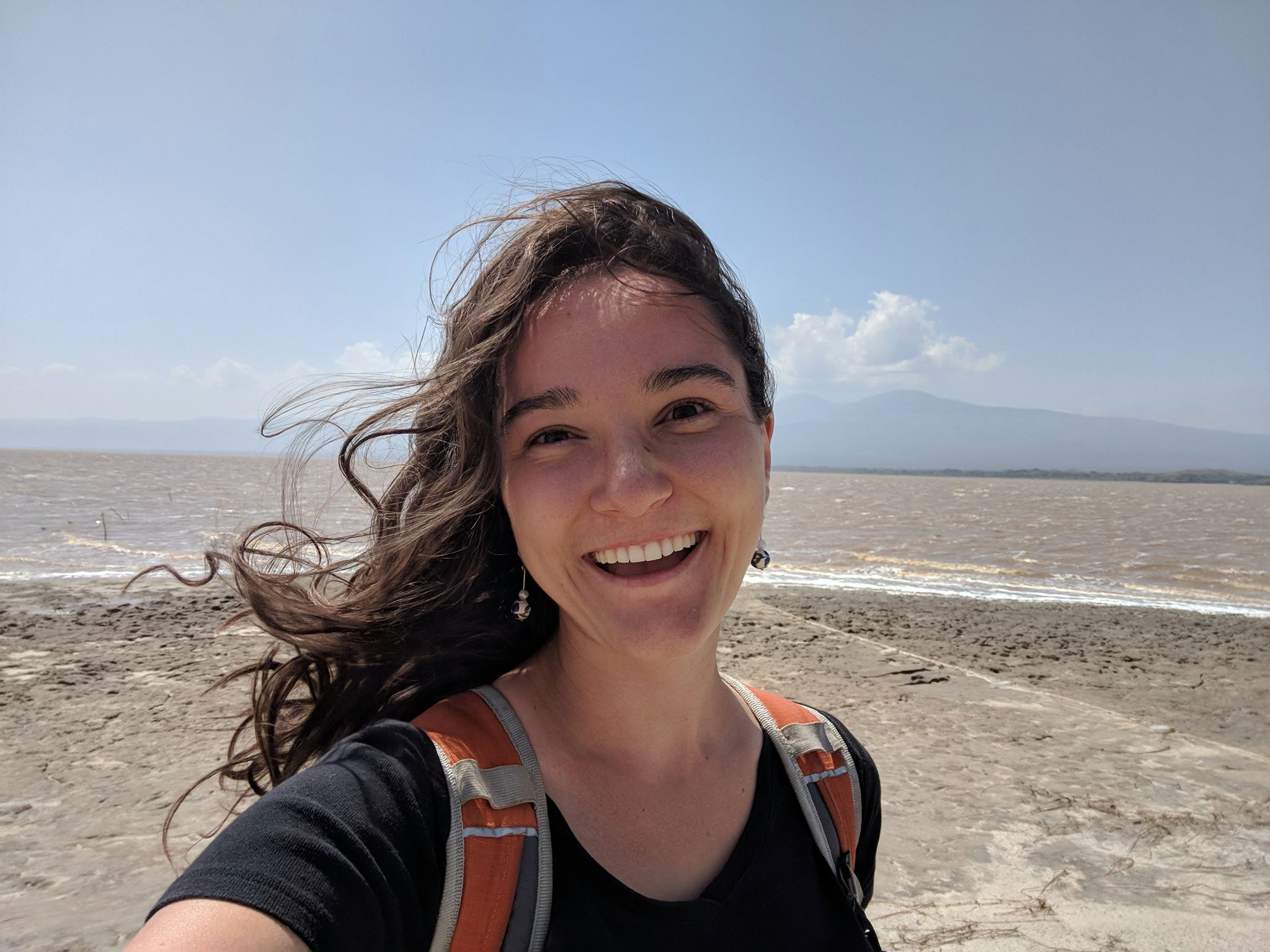
Amanda Godar
PhD Student
Hi! I am a PhD student in Microbiology. My research focuses on engineering bacteria to create valuable fuels and chemicals from different sources. This can be done by understanding the metabolic pathways that bacteria use and adding/deleting/changing genes to find ‘faster’ or ‘better’ paths. I spend a lot of time thinking about different pathways for capturing and using carbon dioxide, CO2 , in the cell. The project I am working on right now is about heterotroph carbon fixation or how we can use E. coli to capture CO2.
I have served as a GPSE mentor since 2019.
Mentors
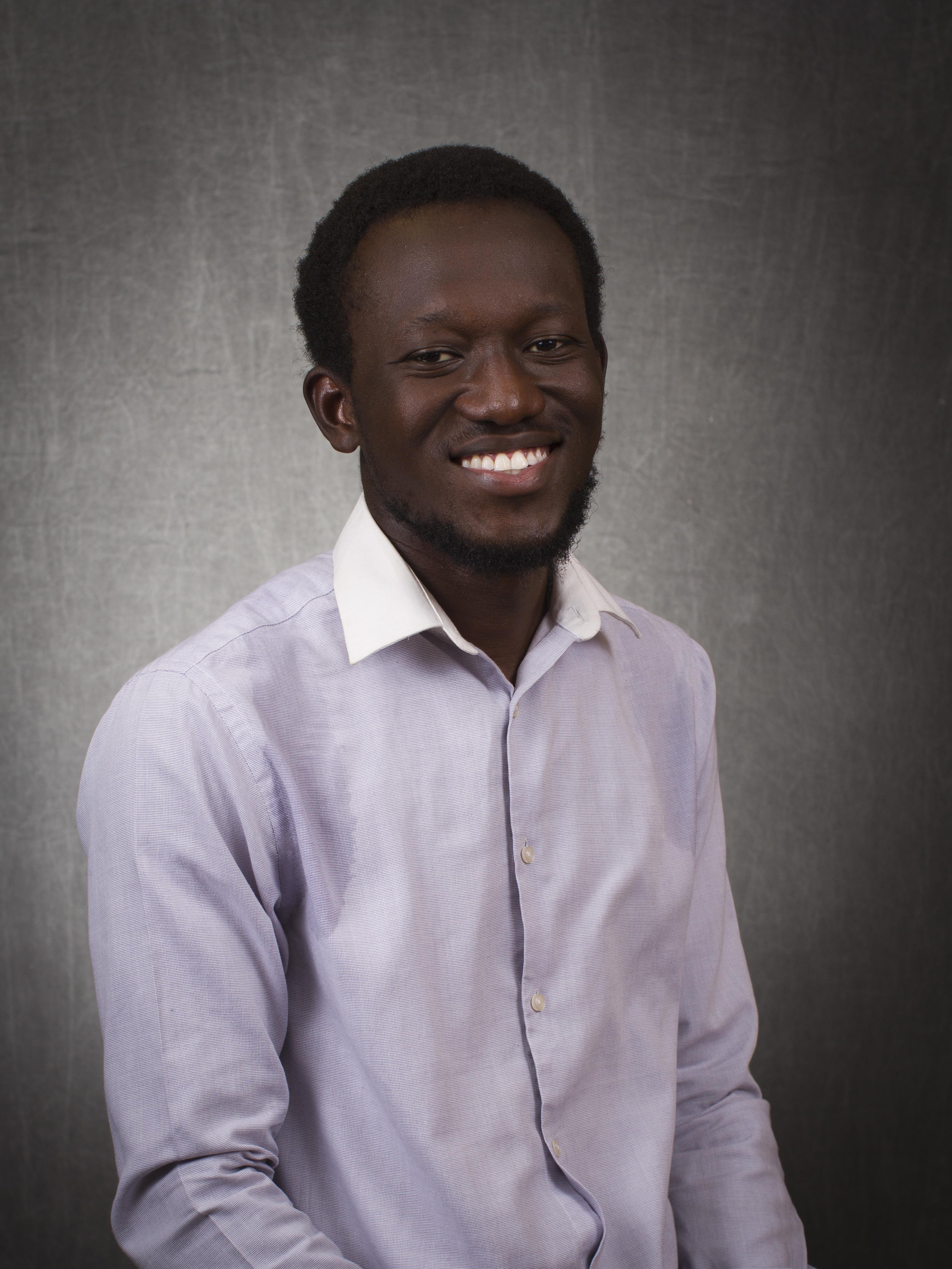
Gilgal Ansah
Biomedical Engineering MS Candidate
Everyone has a brain – the control center of our being. We can see, jump, move, laugh and cry thanks to our brains. Our brains tell other parts of the body what to do and I study the processes the brain uses to control other parts of the body. I am a master’s degree student and am passionate about knowing how our brain works. I do this so in future I can help people who have lost their legs and/or arms. I will be able to build robotic legs and arms that ‘listen’ to the brain so they can do what normal legs and arms would do.
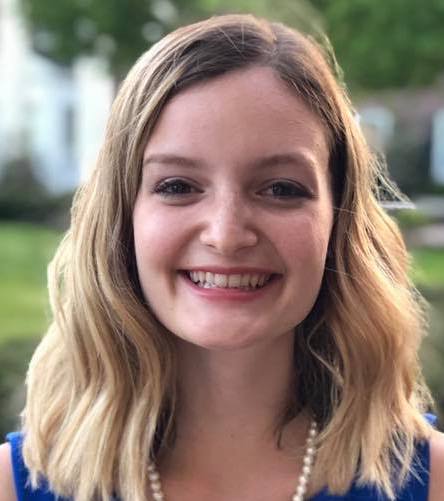
Olivia Davis
PhD Student, Biology and Society
With all of the changes people cause in our world, from forest fires to melting ice, many plants and animals could disappear forever. To stop this, it is important to plan how we can best protect them. Laws like the Endangered Species Act in the U.S. tell us what we should and shouldn’t do to keep rare plants and animals safe. To make these laws as strong as they can be, we need to bring all the knowledge we have about rare wildlife to the table. In my research, I want to bring together science and policy to create stronger protections for wildlife. I hope that together we can help save endangered and threatened species for generations to come.

Nivedita Mahesh
PhD Candidate, Astrophysics
I am an Astrophysicist by education. I study the birth of the very first stars of the Universe. Star formation of young and nearby stars like our sun is well studied and understood. Whereas very little is known about the early stars because the signal from them is weak and difficult to detect. I use a telescope placed in the radio quiet area of western Australia to study collected radio signals from the early universe.
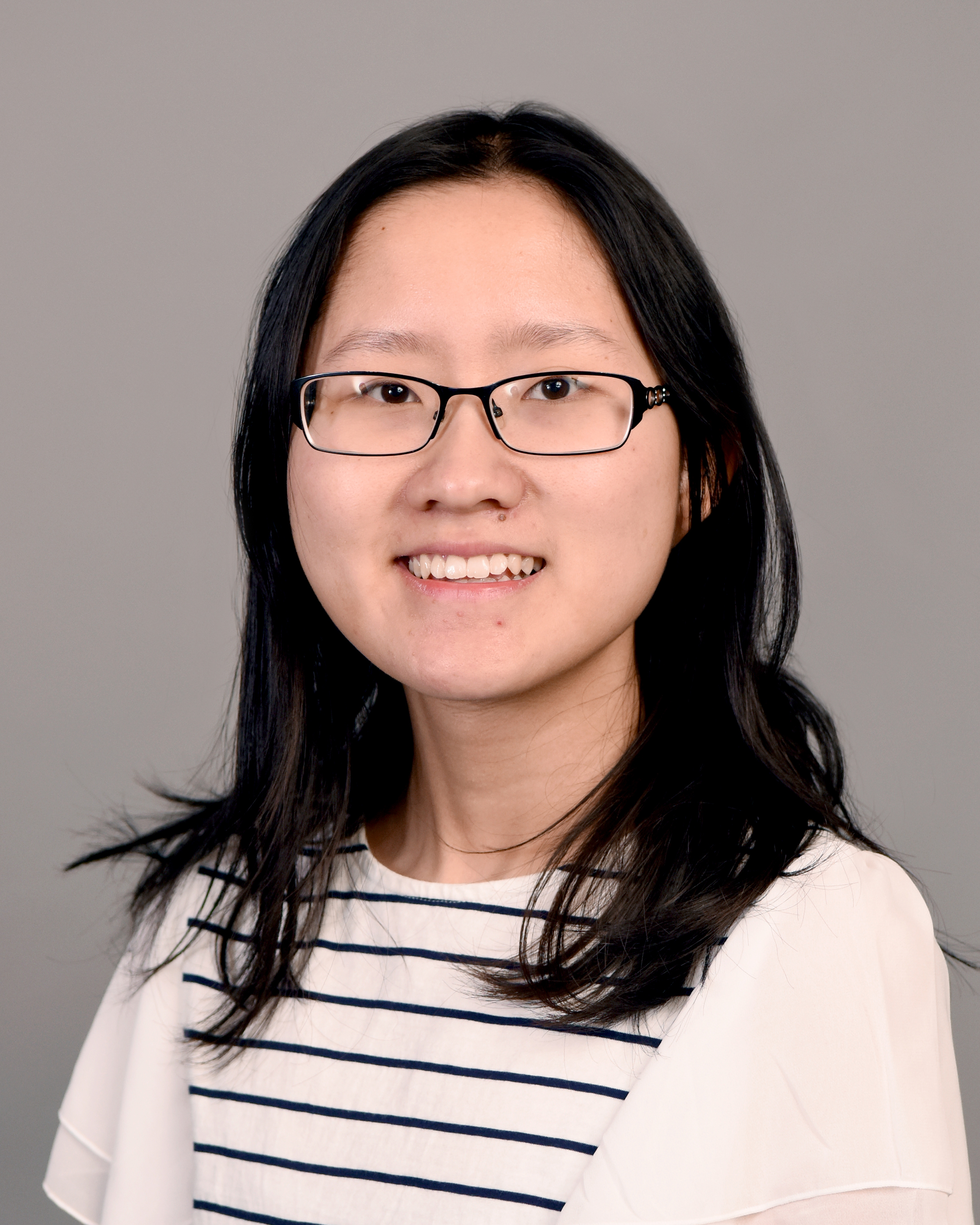
Melody Yeh
MS Student
Just like us, bacteria are also stressed sometimes. However, their stresses are a little different; they’re more worried about things like drugs and how warm it is. My lab has found special E. coli that can resist drugs and heat. Knowing how this E. coli can adapt will allow us to explain how bacteria can overcome the stresses they may face and allow us to create better weapons against bad bacteria.
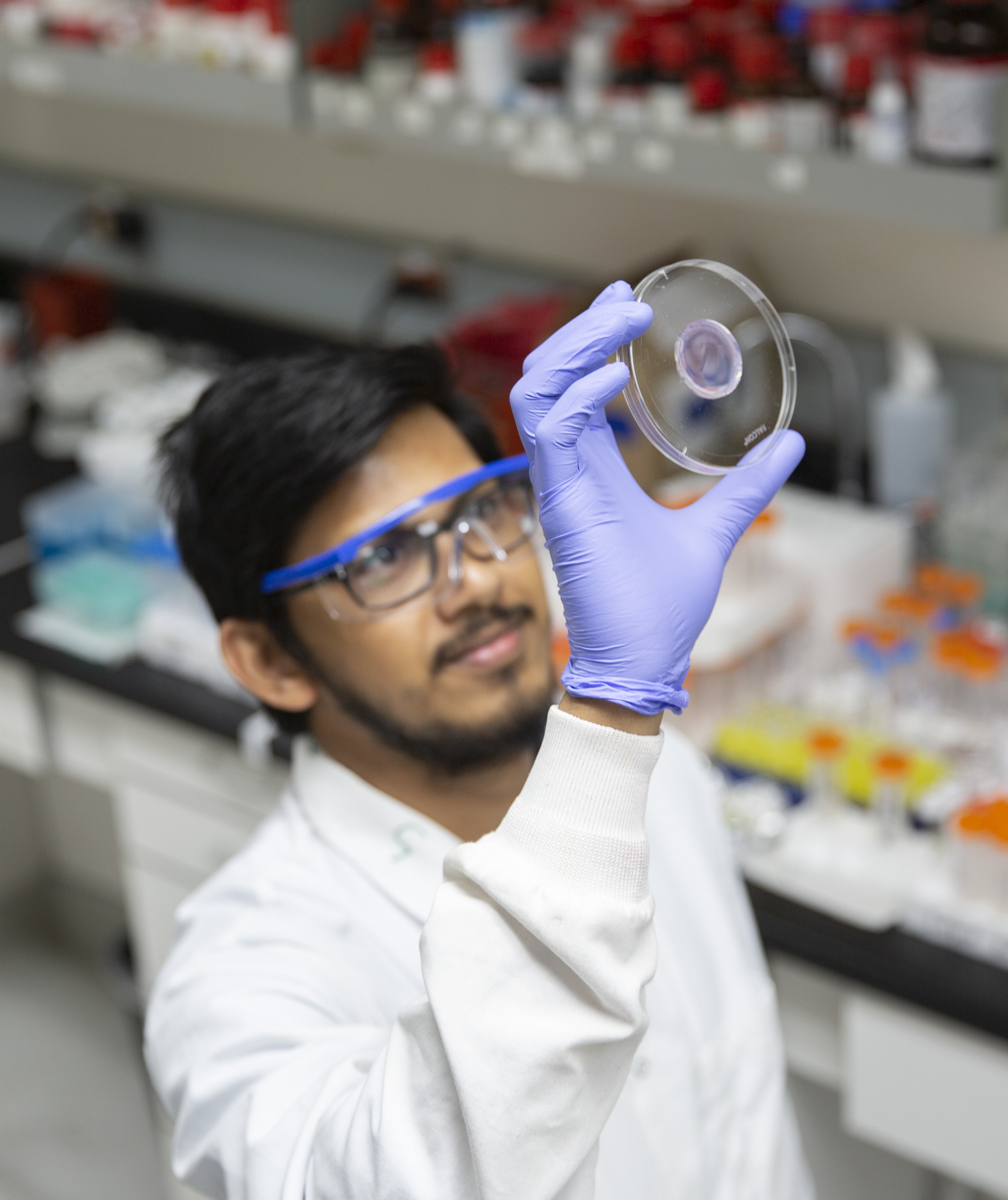
Subhadeep Dutta
PhD Student
I am a PhD student in Chemistry (School of Molecular Sciences). My research focuses on making a wide range of organic polymers for different biomedical applications like drug delivery, cancer diagnostics and radiation detection. I love to interact with students from different background and discuss about science, happening around us.
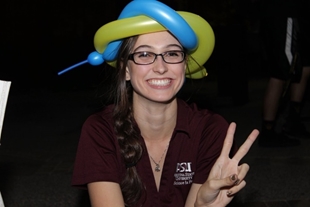
Abby Howell
PhD Student
The human genome (made up of As, Gs, Cs, and Ts) is nearly 3 billion letters long, and in our DNA files we also have additional information on mutations and errors, which takes up a lot of space on a computer file. Four letters doesn’t seem like much, but computers don’t understand our normal alphabet of ABC’s, so it reads each letter as 8 numbers (for example, A=01011100), which takes up a lot of room! I’m working on coming up with ways to squash these files down to a more manageable size, using what are called compression algorithms. An algorithm is just a series of steps for doing something over and over. In my case, we want an algorithm that takes a symbol or letter in our file and makes it smaller the same way over and over. To make each symbol smaller, we give it a secret codeword shorter than the symbol itself, so A as 01011100 might just become 01 for short. But which letters get which codewords? Well do you know what Morse Code is? It’s those dashes and dots that make up letters right? E in Morse code is just one dot, because it’s a vowel and shows up so many times. So that’s all compression is! Figuring out which symbols pop up most often, and giving them the shortest codeword.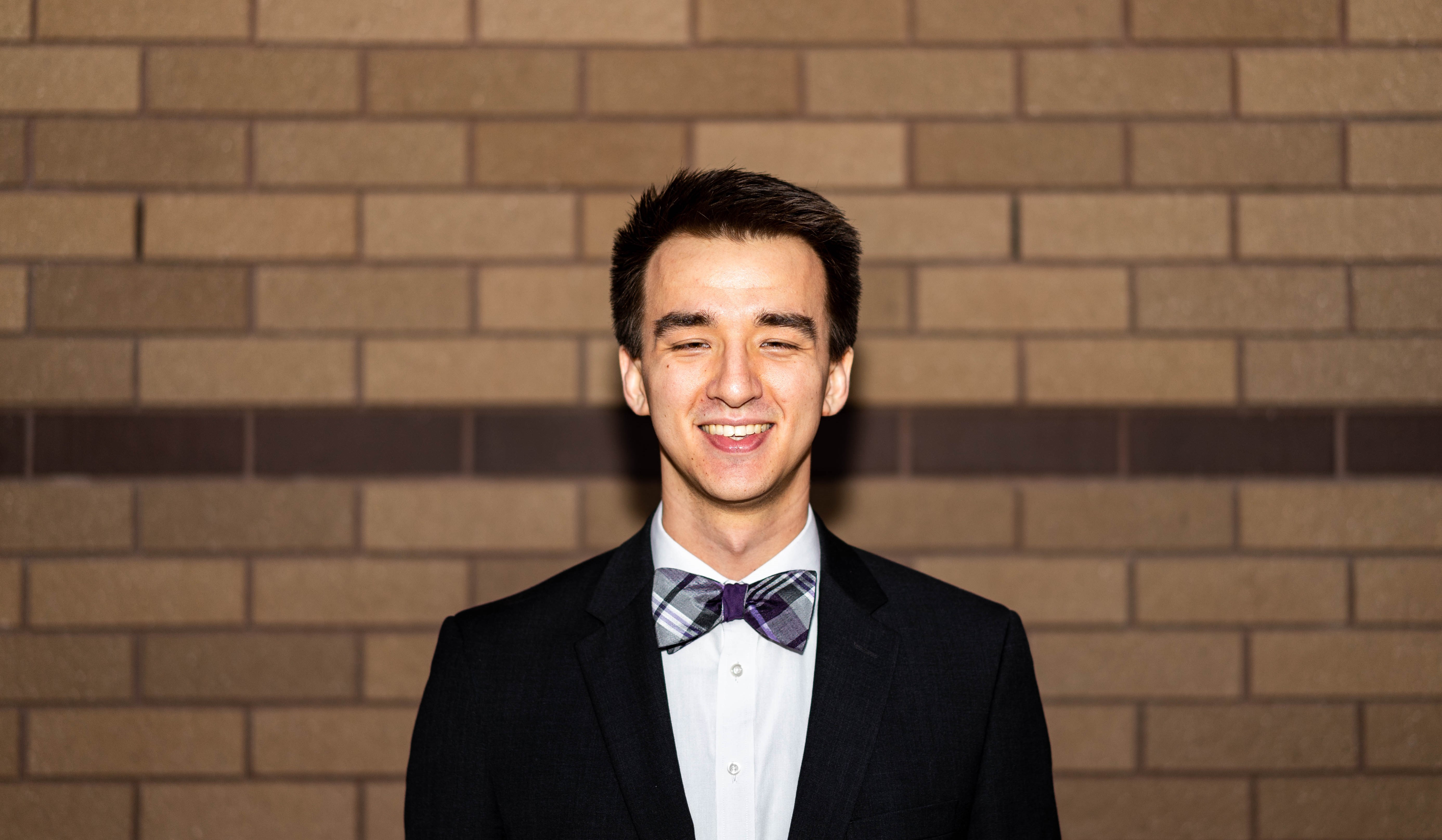
Calvin Koelbel
PhD Student
Hello! My name is Calvin and I’m a PhD student studying Molecular and Cellular Biology at ASU! I research a disease called cancer, which is basically a group of cells, the little things that make up our bodies, that start dividing really fast and overwhelm the body. I look at a certain part of cells that is all over cancer cells, but not normal cells, and try to target it to get rid of cancer!

Hannah Bercovici
I study a world made entirely out of metal, like what the statue of liberty is made of. This world is about the size of Massachusetts, and I think that it has volcanoes on it like Hawaii or Mt. St. Helens. However, a world made of metal would have volcanoes that erupt material much different than volcanoes on our world, which erupts rock. My goal is to find out what volcanoes on a metal world would erupt. I think that this “lava” would mostly be made out of sulfur, an element that smell like eggs.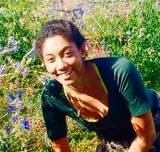
Miranda Bernard
Many small island states rely on fishing to meet cultural and basic food needs. Coastal and coral fisheries are facing extreme pressures from climate change, development, tourism, and fishers. Globally, coral reefs and the fish that live in them are in decline. My research explores how environmental degradation impacts the lives of the people who live on the island. I want to understand how the interactions of the environment, fishers, communities, and tourists can inform sustainable management.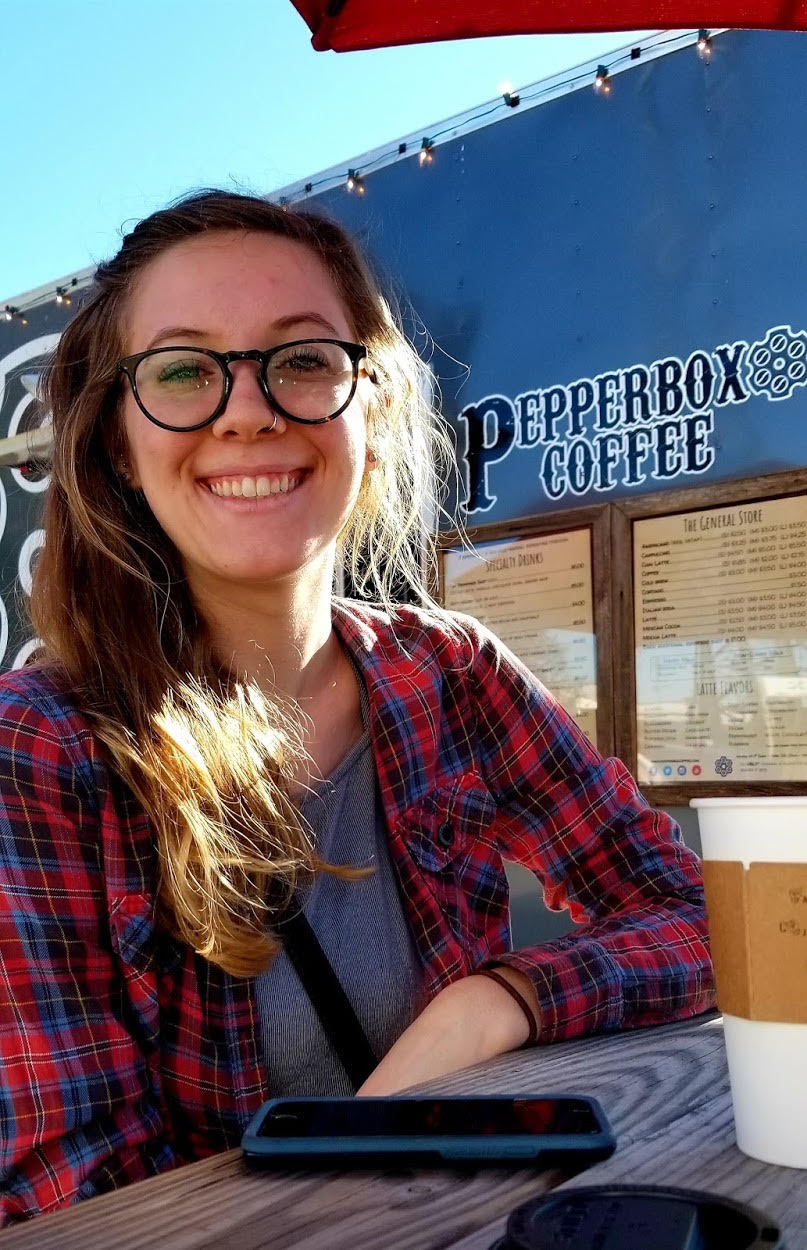
Nicole Coots
I am an Evolutionary Biology PhD student at ASU. My research centers around how single-celled organisms living in a marine environment interact with one another. I am particularly interested in the mechanisms for which relationships involving one single-celled organism inside of another develop, as well as how two organisms with this dynamic evolve together.
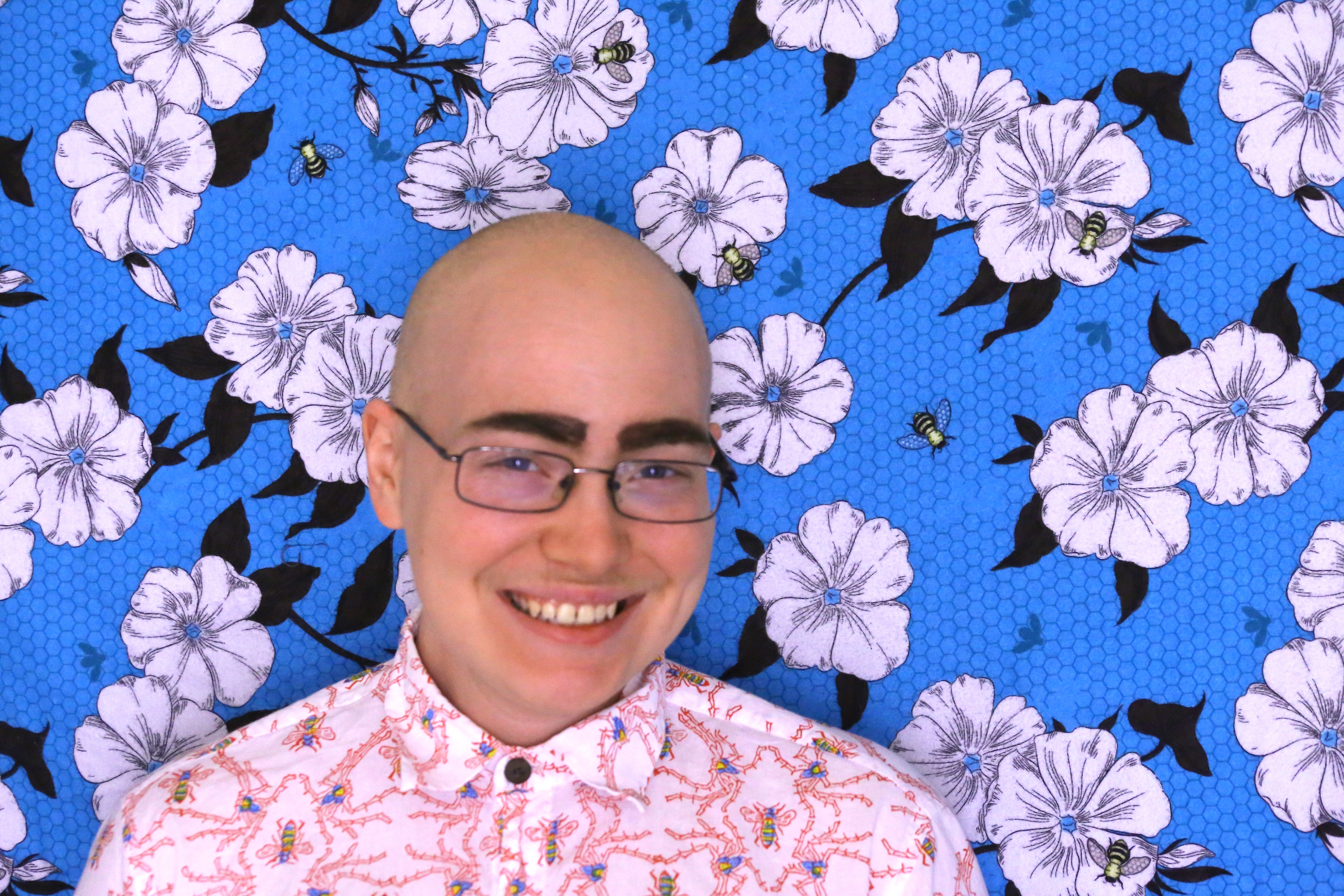
Charles Wallace
Graduate Student
I’m a PhD student in the Biology and Society program at ASU, where I came to study the history and philosophy of biological systematics. Systematics figures out how different kinds of organisms are related to each other over evolutionary time. This discipline puts organisms in context which can help us figure out how life evolved on earth, since so much of the history of the natural world hasn’t been recorded in a way humans can directly interpret. It also helps us classify organisms so that it’s easier for other
biologists to identify and contextualize their own work. I have a lot of cockroaches I take care of, and one
cat.
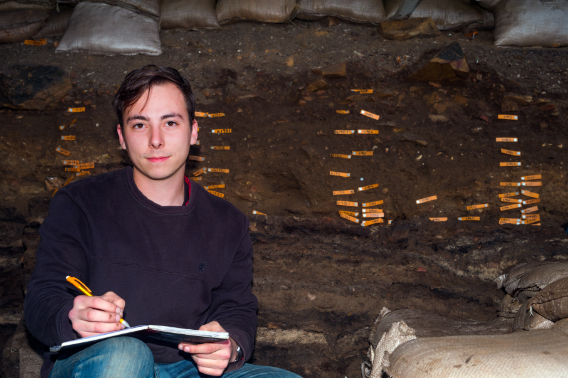
Patrick Fahey
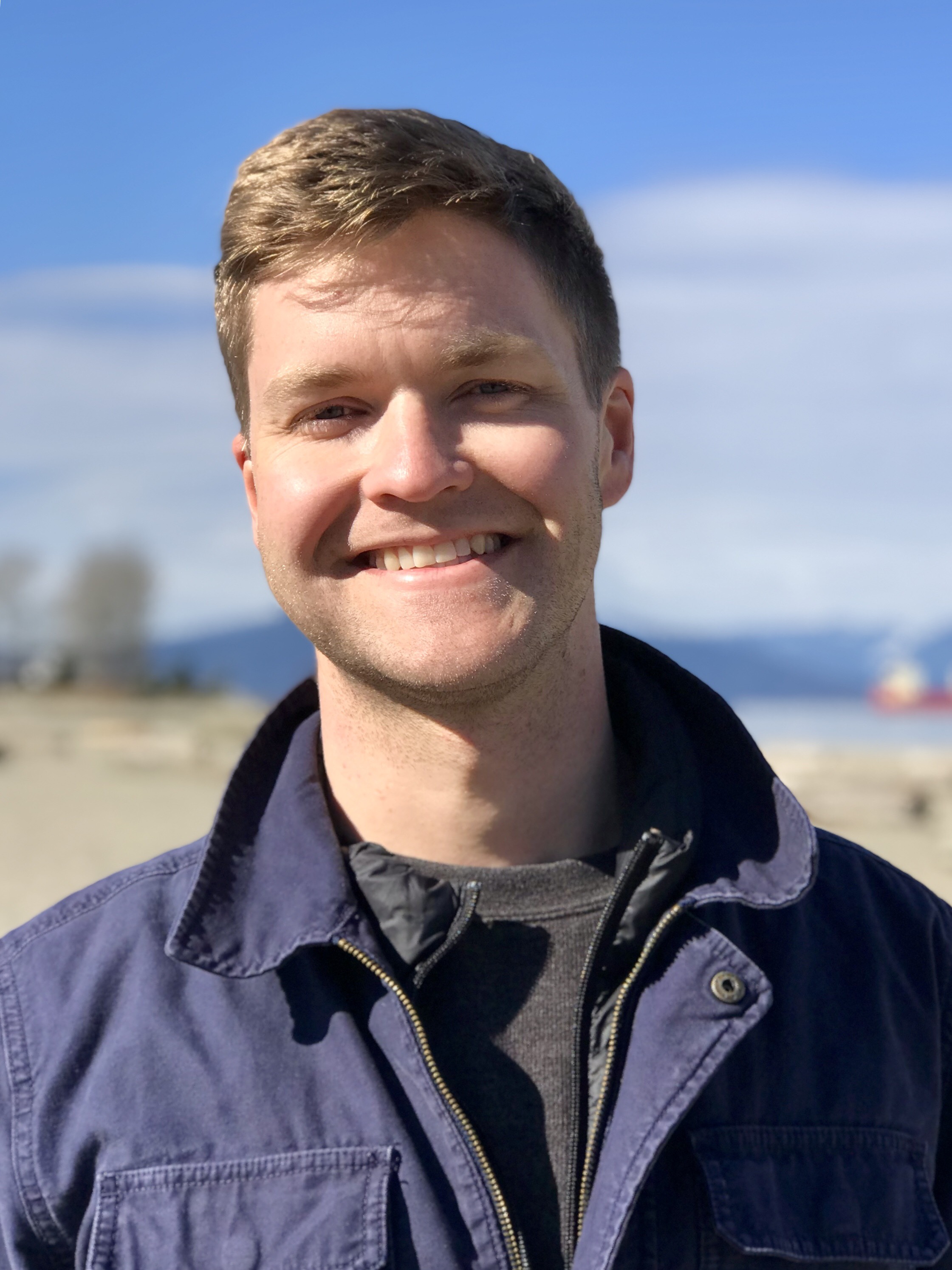
Steven Dibb
Steven is a PhD candidate in ASU’s School of Earth and Space Exploration. His research focuses on the development of instrumentation for planetary exploration. Specifically, Steven performs laboratory measurements and creates computer simulations to analyze the performance of instruments that measure the composition of planets in our solar system.
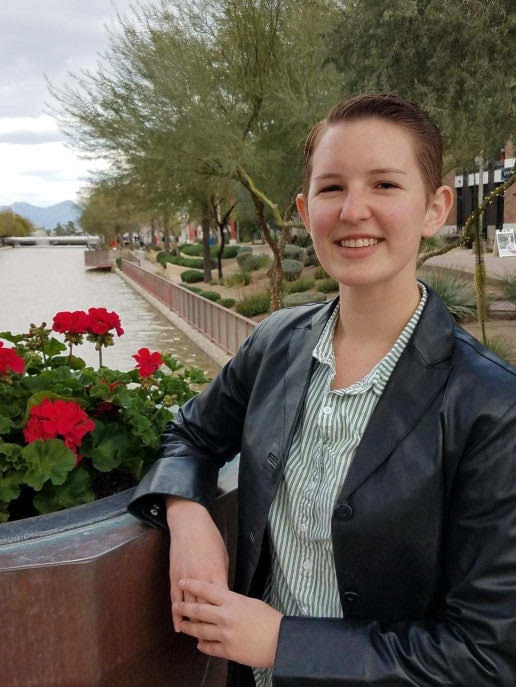
Grace Schwarz
Muscles, tendons, and bones all work together to help us move. Sometimes, one or more of these is damaged or missing and people can’t move well. I am testing ways to strengthen existing tendons and replace missing muscles to help get people moving again
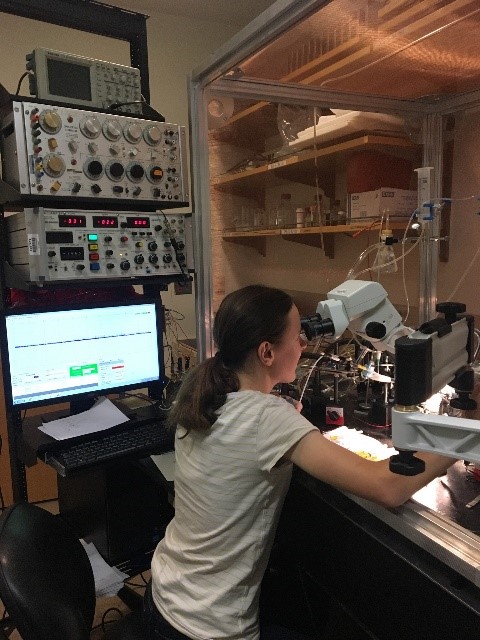
Nicole DesJardins
I love spending time outdoors hiking, camping, and exploring. As a kid, I spent a lot of time playing outside and picking up bugs. I also went on a lot of hiking trips in national parks with my family. These experiences eventually inspired me to study biology and learn more about the natural world! I am a first year PhD student in Brian Smith’s lab at ASU. In the Smith lab, we study how honeybees smell. Flowers are important food sources for honeybees, and they usually have pretty strong scents. It turns out there’s a lot of information contained within those scents. Our goal is to figure out how bees decode scents to get that information, and how they use it to make decisions (like where to look for food).
Jayde Hirniak
I am a PhD student in the School of Human Evolution and Social Change and I am studying archaeology. When studying archaeology, it is really important to know the exact age of the material, so we can have a better understanding of who left it behind. My research involves using cryptotephra, which are microscopic glass shards ejected from a volcanic eruption, to more accurately date archaeological sites!
Previous Directors
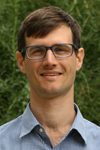
Ben Pyenson
Director Fall 2020 - Spring 2021
If you have lots of different homework, how do you alter your actions to finish all of it? Ants change their bodies and their actions to perform work when their group’s scenario changes. When an ant’s group scenario changes, I look at the ways their bodies and actions change to finish all of their work.

Kevin Klicki
Director 2019-2020
I study how photosynthetic bacteria make sunscreen for themselves. I’m interested in the genetic engineering of bacteria for industrial and medical applications, as well as the mechanisms employed by extremophilic bacteria to survive in harsh habitats.
Involved with GPSE since 2015

Kassandra Dudek
Director Fall 2018 - Spring 2019
Plastic pollution is a problem that plagues the worlds’ oceans. Microplastics, or plastic pieces <5mm in size, are of particular concern given their bioavailability to organisms at lower trophic levels. I am interested in how the chemical properties, such a sorption of organic contaminants (i.e. pesticides), or de-sorption of additives such as flame-retardants, of different types of microplastics influence the succession of its biofilm, degradation, and ultimate fate in the water column.Neuer Lab Website
Involved with GPSE since Fall 2016
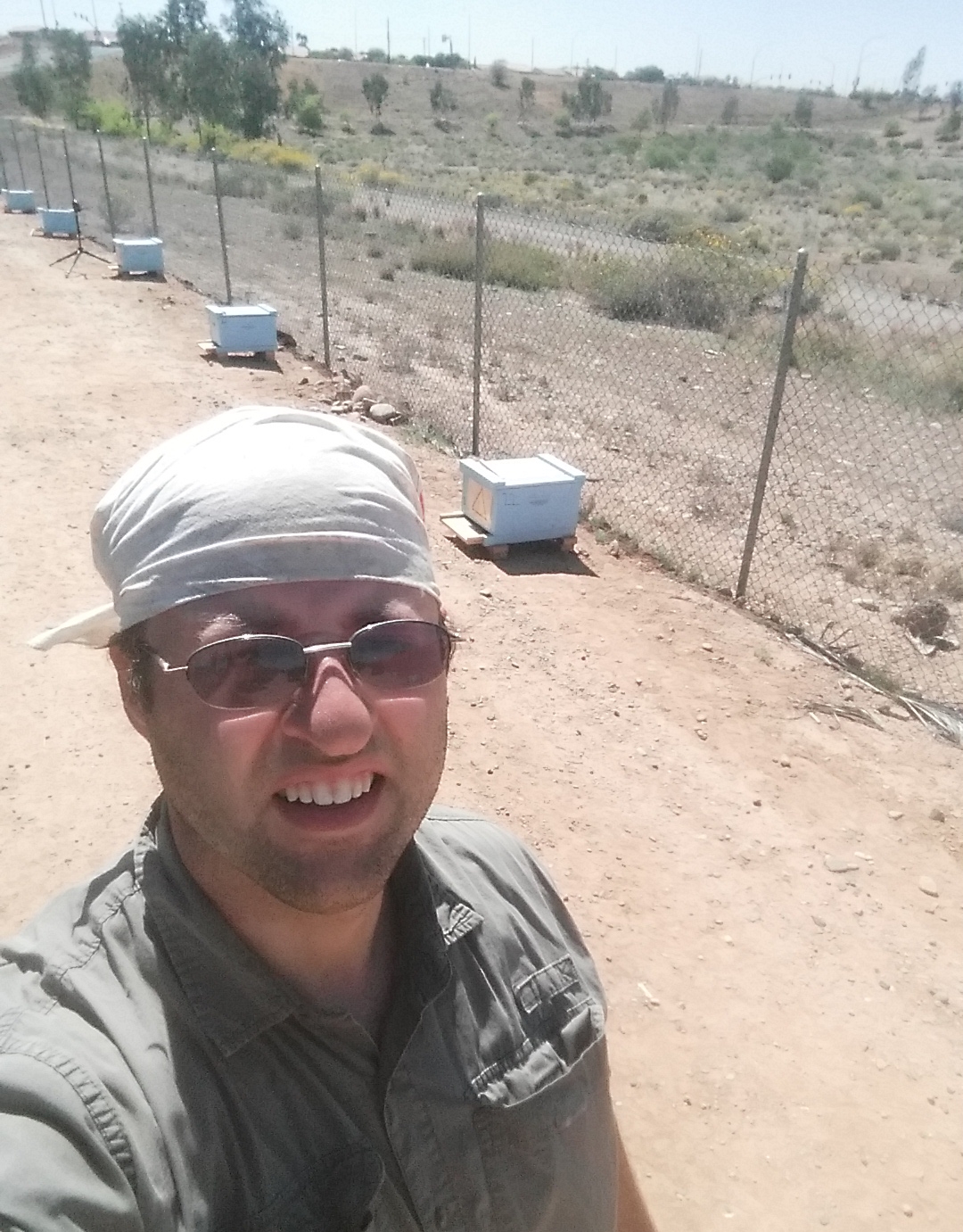
Jon Jackson
Director Fall 2016 - Fall 2018
I study collective decision making in highly social insect societies. I started off researching how honeybees regulate the construction of drone comb versus worker comb. I have since moved on to studying how honeybees guard against other honeybees. Current theory suggests that how accepting guards bees are of incoming bees should be condition dependent. Better understanding the nature of these conditions is the current focus of my research.Pratt Lab Website
Involved with GPSE since 2012

Alex Tomes
Co-Director Fall 2015 - Spring 2017
Alex Tomes is a PhD student in the School of Life Sciences whose research focuses on how plants decompose here in the Sonoran Desert. Plant litter decomposition is understood fairly well in more mesic ecosystems, but here in the dry desert it is less understood. Alex is interested on how the optical properties of plant litter influence decay rates and the role that plant anatomical structures play in controlling decomposition. He enjoys teaching and communicating science here at ASU, and plans to continue on with this after his time here.
Involved with GPSE since 2014

Brian Haney, PhD 2013-2015
Rusty Ligon, PhD 2011-2014
Brett Seymoure, PhD 2010 – 2013
Jake Brashears, PhD Faculty at San Diego City College 2014-Present
Mike Butler, PhD
Faculty at Lafayette College 2012 – Present
Nate Morehouse, PhD
Faculty at University of Pittsburgh 2011 – Present
Jon Davis, PhD
Faculty at Rhodes College 2008 – Present
Previous Mentors

Elizabeth Barnes
Postdoctoral Researcher
Sometimes a person can like something so much that it distracts them from being healthy and productive. Who hasn’t eaten too much candy, even though they know it is bad for them? I study how addictive behavior plays out in the neural pathways of the brain and how differential social situations affect these behaviors. Further, I look at different types of interventions (pharmacological or behavioral) that may or may not be effective in treating addiction.
Involved with GPSE since 2013
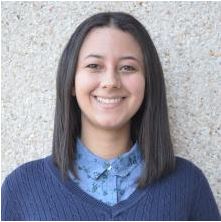
Karla Franco
PhD Candidate
Involved with GPSE since 2014
Dylan Gagler
The biosphere is a remarkably complex system which has been fundamental to the evolution of the planet and, ultimately, human civilization. Everything we see today is because of life’s joint evolution with the planet, but why did life arise at all? For that matter, why is Earth still an active system, despite having some 4.6 billion years to settle down? Essential to answering these questions is thermodynamics: how energy behaves between different systems and states of matter. I’m primarily interested in the role thermodynamics played in life’s emergence from an ‘abiotic’ Earth and, more broadly, in the emergence and behavior of a suite of complex systems ranging from plate tectonics, ecosystems, predator-prey dynamics, and human social systems.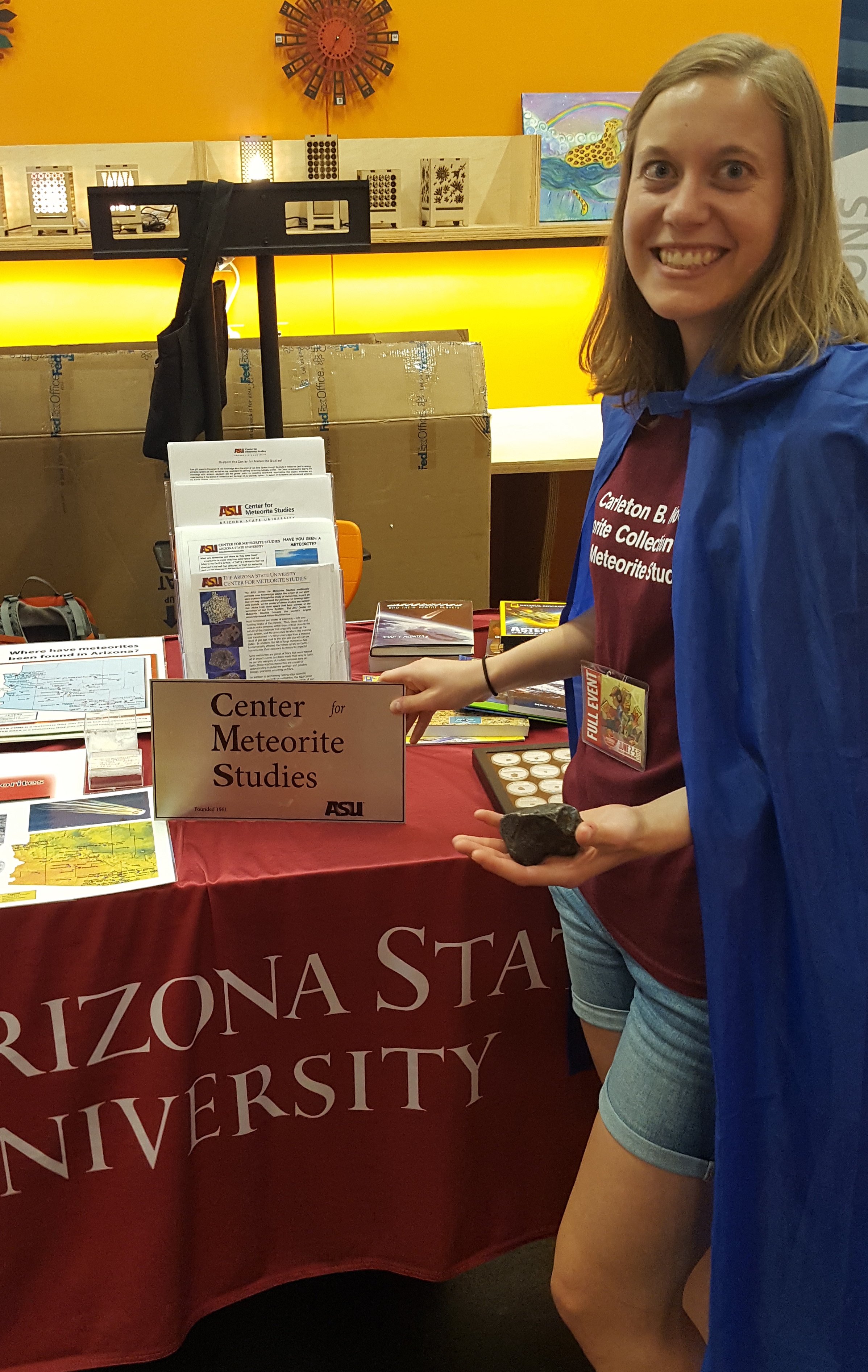
Emilie Dunham
PhD
I’m a geologist who is interested in rocks from space rather than rocks from under our feet. These space rocks, meteorites, were formed about 4.5 billion years ago – when all of the dusty debris around our young sun was sticking together to eventually become the planets. It is really awesome to study rocks that are this old because they tell us stories about the events going on when our Solar System was just being born, which can lead us to figure out why our Solar System looks like it does today. I am enthusiastic to explore the world of science with students and have fun learning together.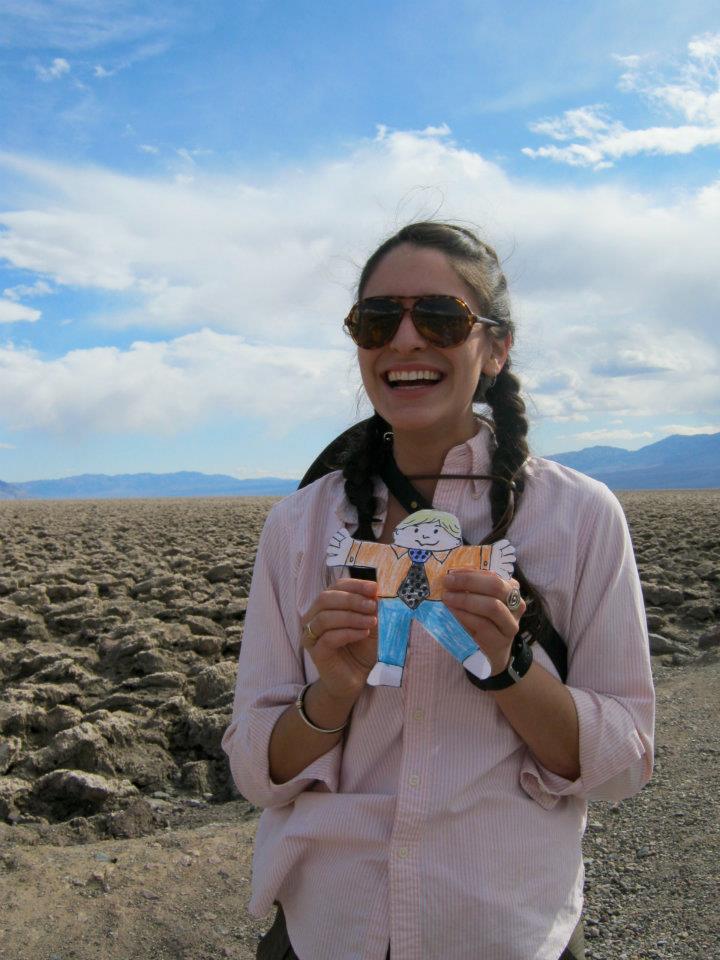
Alexandra Horne
PhD
I’m a geologist who fell in love with the processes that shape the surface of the Earth, but I am specifically interested in the evolution of mountain ranges over millions of years. Through my research I try to understand the tempo at which mountain ranges evolve by developing innovative sampling, laboratory analysis, and numerical modeling methods which I then apply to investigating mountainous regions like the Himalaya and Sierra Nevada.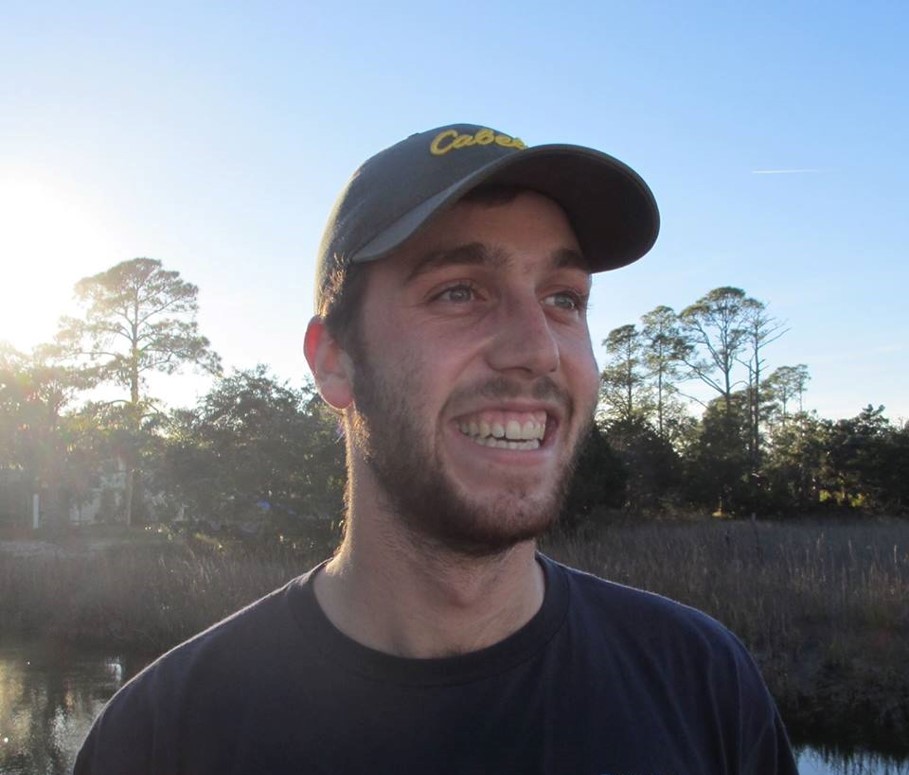
Jacob Youngblood
Most humans prefer a really specific temperature range. For example, I keep my house at 75F, but my parents keep their house much colder – around 72F. Some people prefer the heat of the desert. Others prefer the cooler temperatures of Canada. Other animals also have temperature preferences, but they don’t live in houses. So, animals either have to move to a more favorable environment or learn to cope with the environment that they are in currently. I study how these temperature preferences contribute to where animals can live now and where they will be able to live in a future, warmer planet.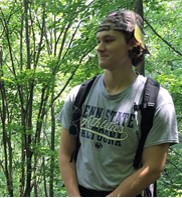
Zack Graham
I study the evolution and ecology of deceptive communication. What does that mean? Well, imagine you are a group-living bird that discovers some sort of food. You have two options. You could notify the other birds and share this resource with others. Or you could produce a false alarm call. This false alarm call makes the other birds hide in terror by thinking that a predator is nearby. But in doing so, you can eat the food yourself. Which one of these actions is better? What if the other birds will punish you for being a liar? Surprisingly, examples of deception like this one are extremely common and are present throughout the diversity of the animal kingdom. There are different costs and benefits to certain behaviors, and I try to understand the evolution of deception by studying non-human animals. I can then use this information to make interesting predictions about human behavior and shed light on aspects of human dating, advertising, politics, and more!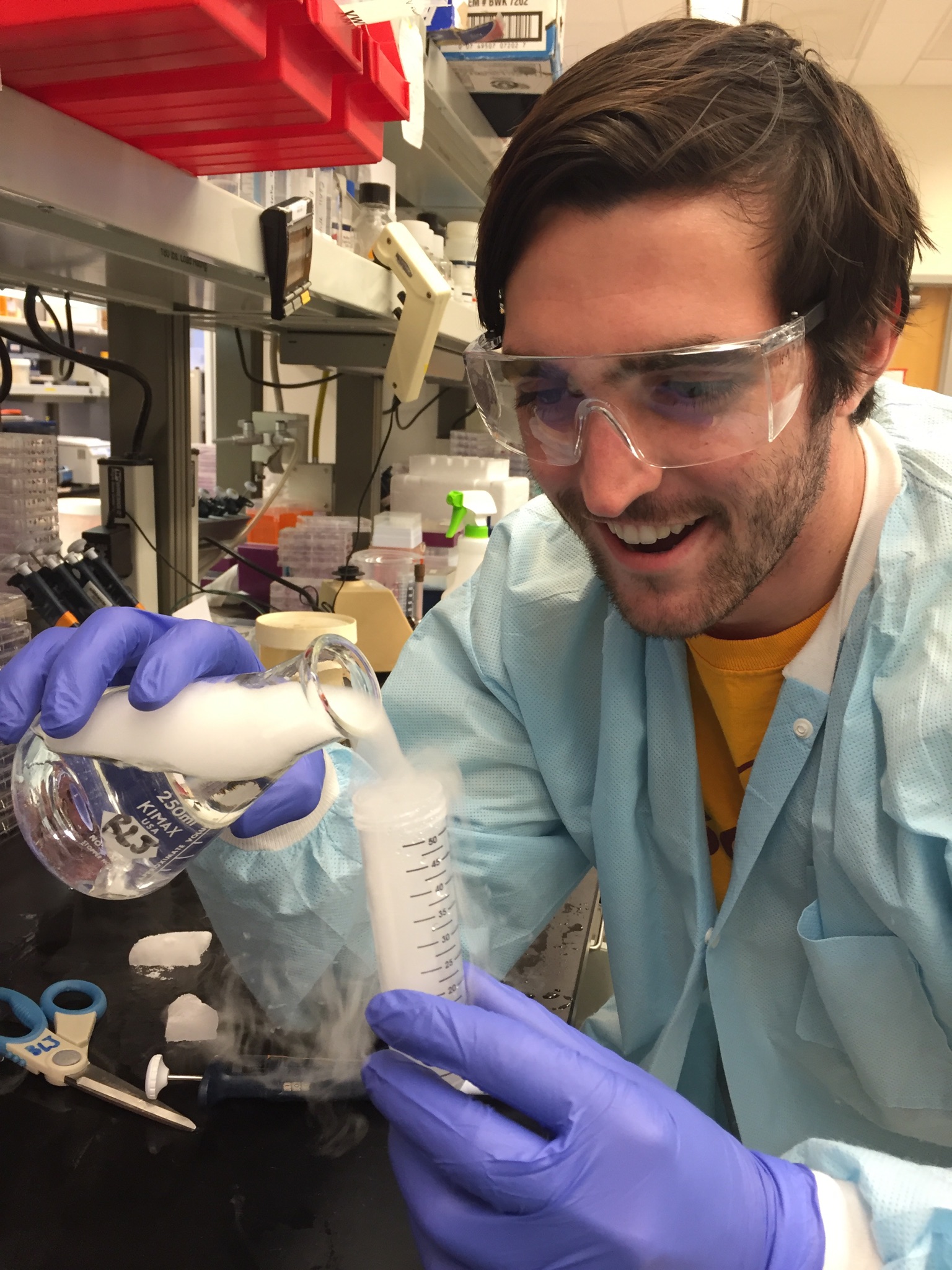
William Martelly
PhD Student
Multi-cellular organisms like humans are huge machines coordinated by millions of cells. Even more impressive, this big complex machine was grown starting from a single cell! As a Ph.D. student in the School of Life Sciences at ASU I get to study one the most important processes that make this possible: pre-mRNA splicing. RNA splicing explains how one cell can create all of the unending diversity of shapes and functions our bodies achieve, and more importantly, how it can do all of it from only a handful of instructions. The molecular processes that underlie our everyday lives as giant cellular machines fascinate me. A deeper understanding of RNA splicing is important to better understand these mechanisms, and to better understand when they go wrong as in diseases. Outside of the lab I enjoy relaxing with friends and rock climbing.
Lauren Neel
How do animals cope with new changes in their environment? We live in a rapidly changing world. There are more people, more buildings, less forests, and different temperatures available in many of the habitats where animals live. My research looks at the ways that animals cope with these changes in their environment. Specifically, my research considers how cold-blooded animals, like lizards, account for changes in environmental temperature. Unlike humans, cold-blooded animals cannot internally produce heat so they must rely on their environment to maintain a stable body temperature. As environmental temperatures change, the temperatures in a lizard’s habitat may become too hot for that lizard to survive there. When this happens the lizard faces three options: migrate to a new environment with more favorable temperatures, go extinct, or adapt. My research investigates the third option. I want to better understand the specific mechanisms that cold-blooded animals employ to account for changes in their environment.
Cindy Xu
Graduate Student
Did you know most animals can regenerate their arms, legs, or tails? Regeneration means animals can regrow a lost body part that looks and works like the original structure. I study how lizards regrow their tails, including the nervous system and muscle. I am interested in identifying the conserved gene networks involved in the restoration of tissue organization and function. This is important because mammals, including humans like you and me, have the same genes and pathways but have lost this remarkable ability. Understanding these processes in the lizard may help us unlock new treatments for regeneration and would healing in humans after injury. Want to learn more and lizard tail regeneration regeneration and my lab member’s conservation efforts of local Arizonan tortoises? Visit us here!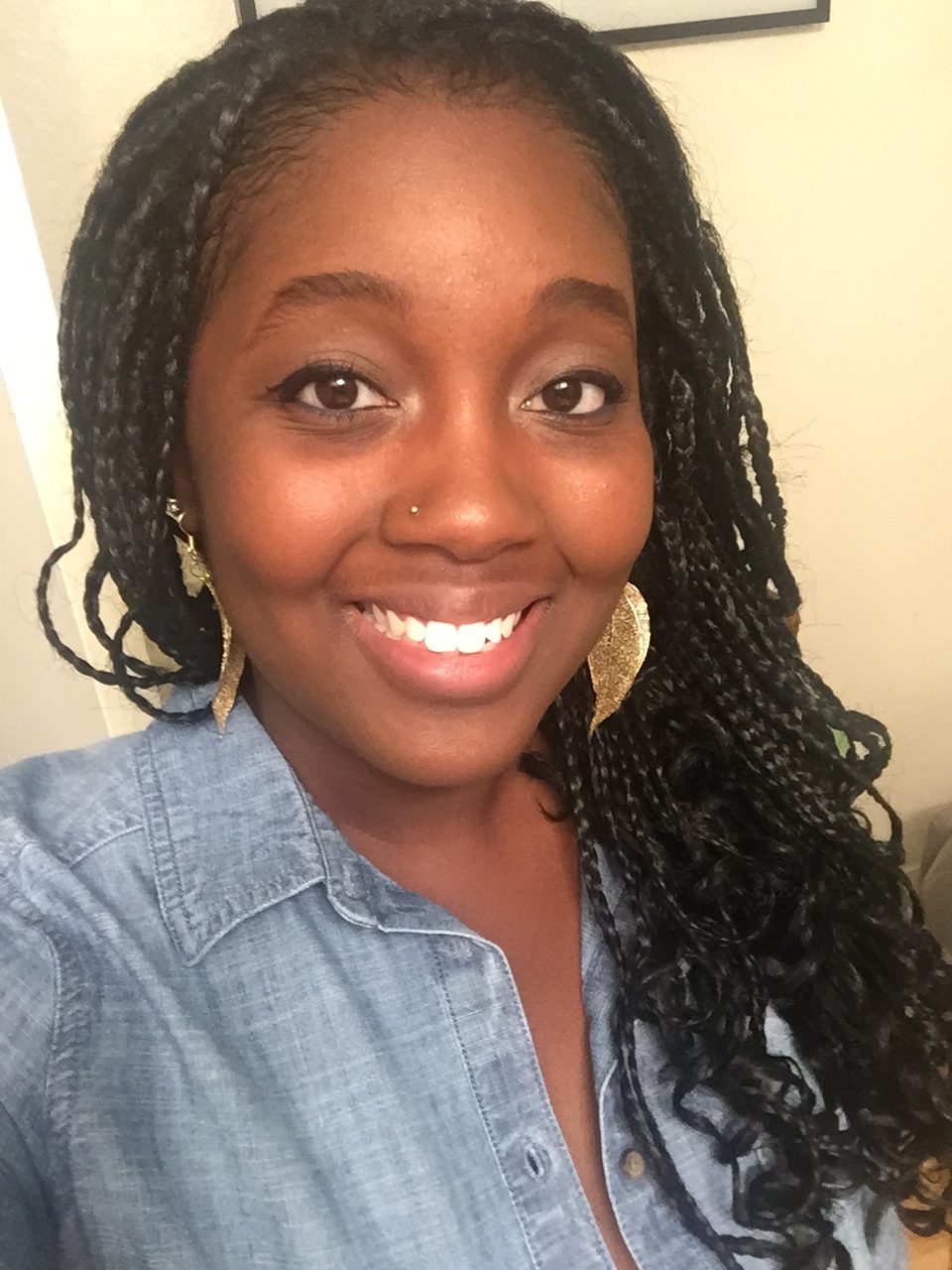
Meli’sa Crawford
PhD
I am a 4th year PhD student in Biology! My research focuses on the effects of a soil-derived compound on the alleviation of risk factors associated with metabolic syndrome following a high-fat diet. In addition, I study how an energy dense diet alters the microbiota of adolescents in an attempt to elucidate a relationship between the microbial community found in our gut and obesity. Understanding the complex impact our microbiota can have on metabolic disease, especially in adolescents, can promote the development of novel prebiotic and/or probiotic treatments that can reverse the effects of a poor diet in youth.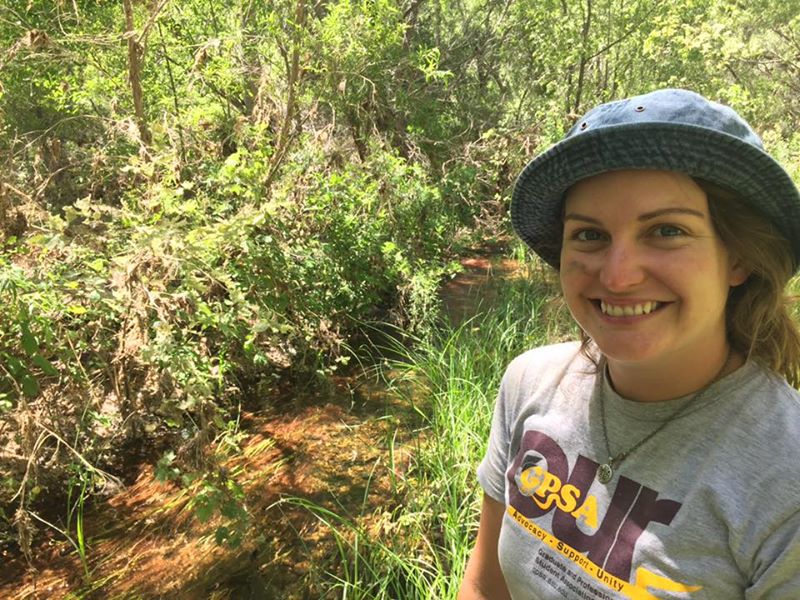
Marina Lauck
Ecosystems are composed of many different interacting cogs and wheels of various scales of complexity. Interactions at one scale, such as plant communities, can affect the properties at the ecosystem scale. I am interested in understanding how these environmental systems of different scales interact with each other, and how these interactions are affected by disturbances and stress. Specifically, I am studying how wetland plant communities can affect larger ecosystem system processes, like nitrogen cycling, and how this relationship is mediated by disturbances, like drought and flood, in Arizona streams.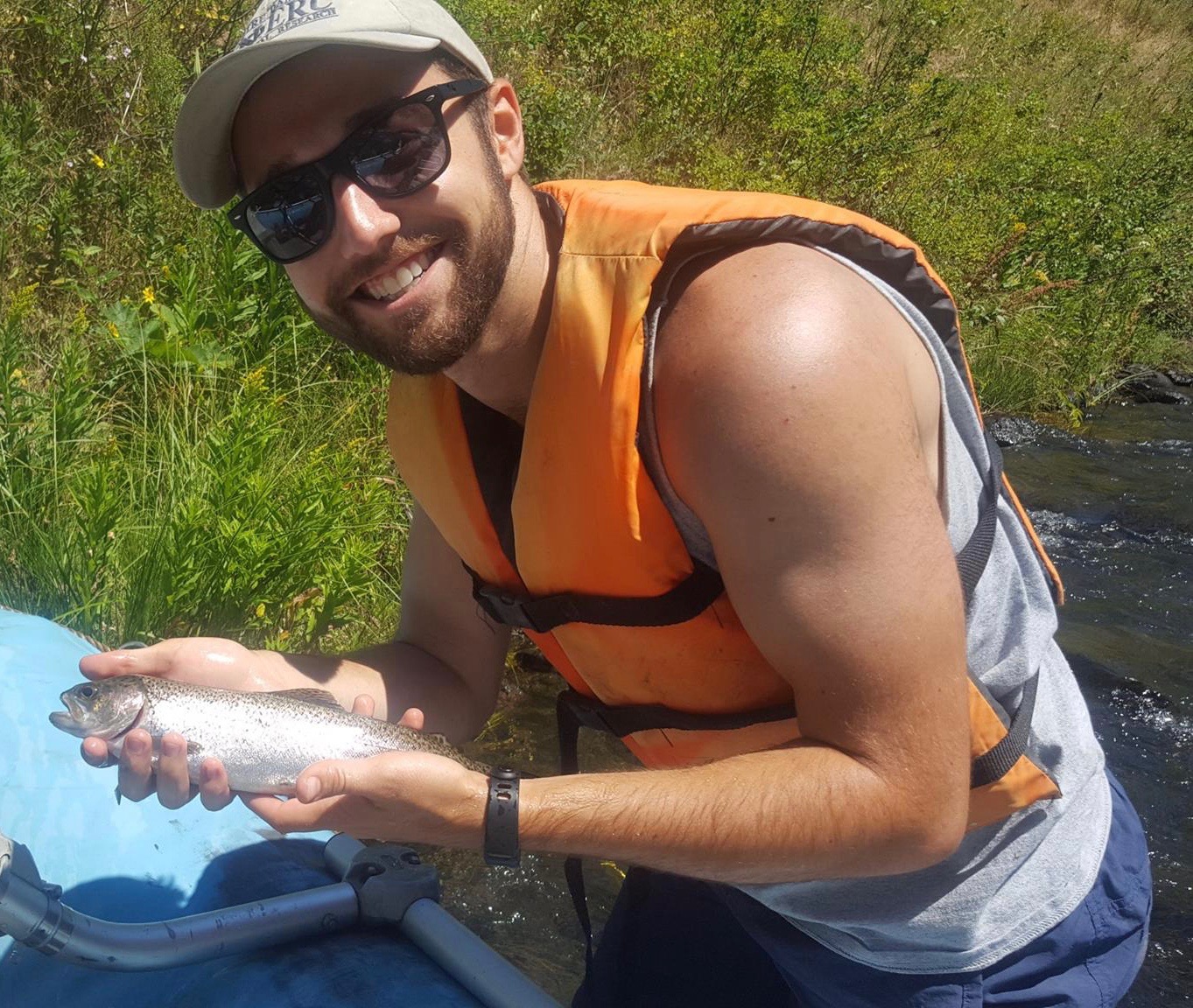
Stephen Elser
PhD Student
I’m an outdoor enthusiast with a general interest in all of ecology and the environment. More specifically, I’m interested in aquatic ecosystems, green infrastructure, and the benefits (ecosystem services) that humans get from them. It’s important to fully understand what benefits humans derive from ecosystems in order to make more effective and informed policy decisions. In my research, I am studying the ecosystem services of green infrastructure in urban areas to help make cities more resilient to extreme weather events brought on by climate change.
Melanie Hill
PhD Student 2014 - Present
I study the ways in which people attempt to control their emotions. Different emotion regulation strategies can affect the body’s response to stress, as well as long-term goals and outcomes. I am interested in how emotion regulation and stress responses lead to academic achievements, substance use, and mental health. These processes may be especially important for promoting the academic success and mental well-being of groups facing discrimination and other social stressors.Involved with GPSE since 2015
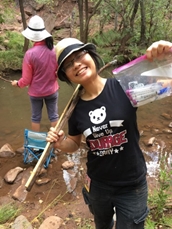
Manni Mo
I am a PhD student in Chemistry. My interest in science began early as I am curious about every things around me. My childhood was full of memories of catching and dissecting insects as well as picking different leaves. I am currently researching on how to develop tools to see bacteria. I also work on studying how readily certain antibiotics can kill bacteria. I love sharing science with others. One of the most enjoyable for me is learning how beautiful and amazing our planet is.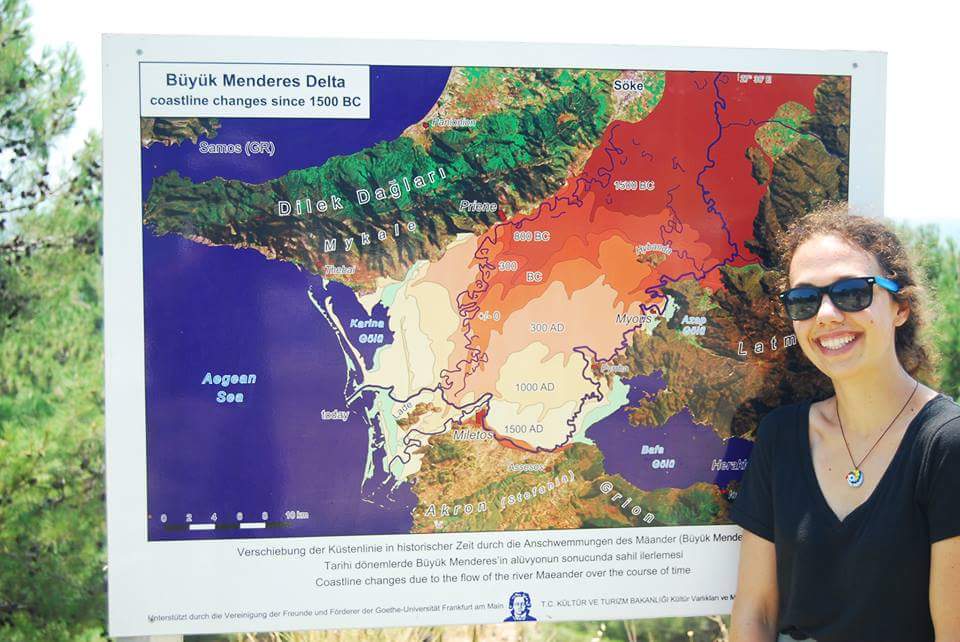
Nari Miller
PhD
Nari is a graduate student in the Geomorphology group in the School of Earth and Space Exploration. She is interested in how early agriculture changed the landscape — did humans cause fundamental changes to the rate of soil erosion? The implications are important; almost all landscapes have been touched by humans, and quantifying our effects will help us better constrain other factors in landscape evolution, and conserve soil over the long-term. Clues of past land use are held in landscape features. Rare isotopes in soils and bedrock build up the longer they are close to the surface due to their exposure to cosmic rays, and can help us quantify how quickly material is removed. Nari separates and counts these rare isotopes, and, by using different elements, can measure erosion rates and exposure ages over different timescales. Nari is also interested in sharing her passion for earth science with others.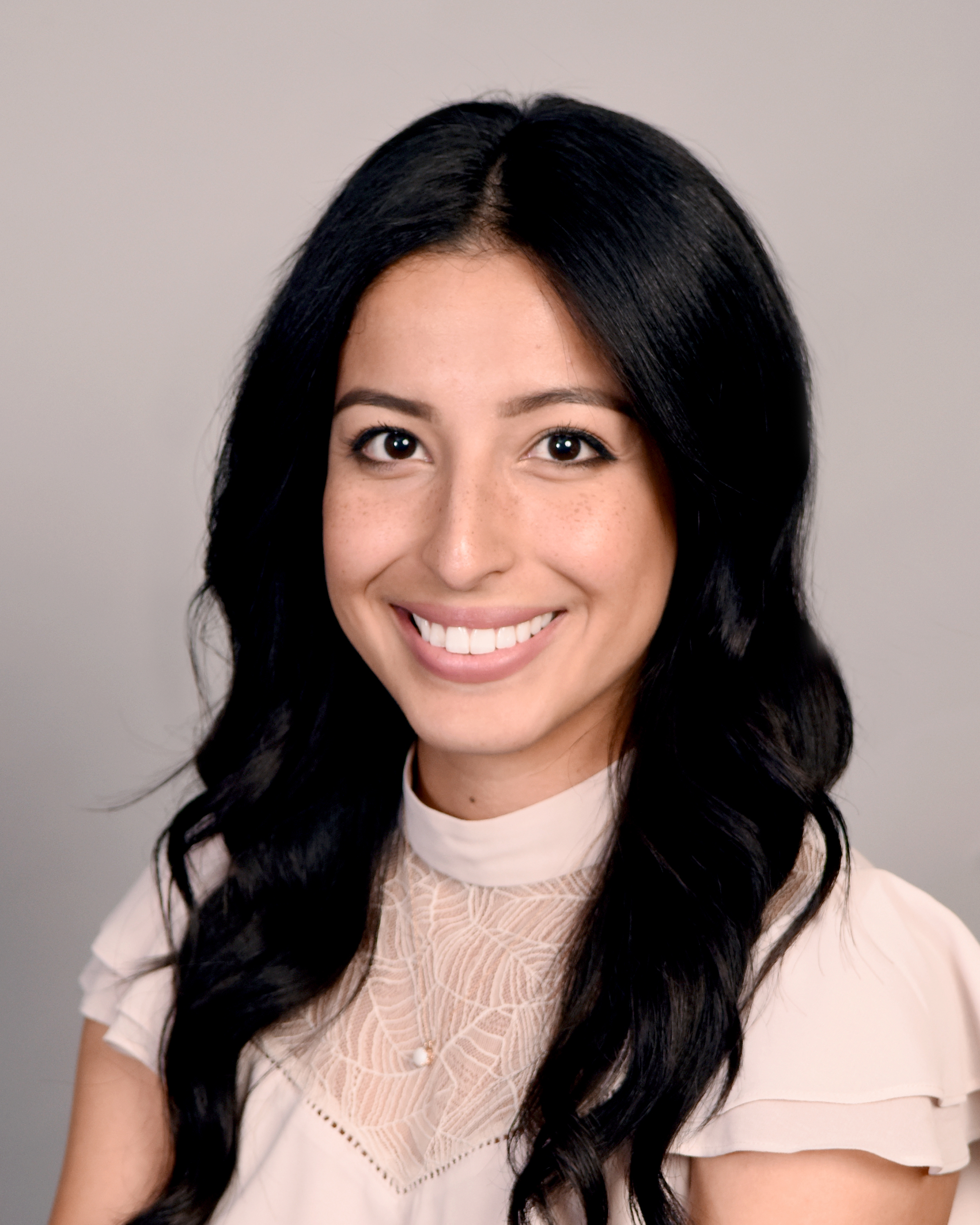
Lynette Bustos
The aging brain and what can go wrong, is a mysterious process that many scientists, especially neuroscientists, study. I am a first year in the Neuroscience PhD program, and I study the how neurodegenerative diseases, such as Alzheimer’s disease, affect the brain. I am interested in the development of the plaques and tangles that cause neurons to weaken and die. I am currently a graduate student in Dr. Salvatore Oddo’s lab in the Neurodegenerative Research Center at ASU’s Biodesign Institute.
Aaron Boydston
M.S.
Additionally, through my first year of teaching biology labs at ASU, I became very interested in science education. In particular, I quickly became interested in addressing some of the misconceptions in science that new college students have carried with them since a young age. I love working with kids and am stoked to be a GPSE mentor!
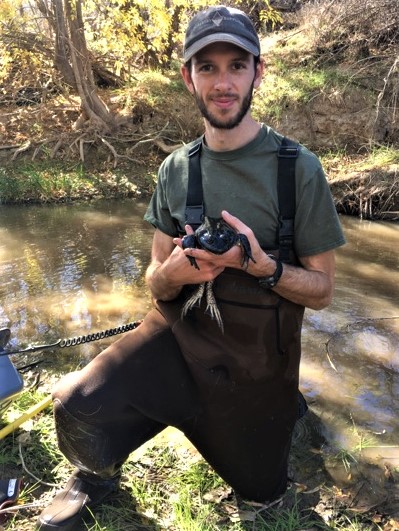
Ethan Baruch
PhD Student
Fish, frogs, lizards, and bugs. What do these all have in common? You can find them living in and around streams in the Arizona desert! My research focuses on how droughts and floods shape the community of animals living in these extremely volatile ecosystems, tying together the fields of ecology, hydrology, and herpetology (the study of reptiles and amphibians). Understanding what forces regulate the food webs of streams and adjacent forested areas is critical in determining how we should regulate and preserve fresh water, one of the scarcest and most important resources in dry climates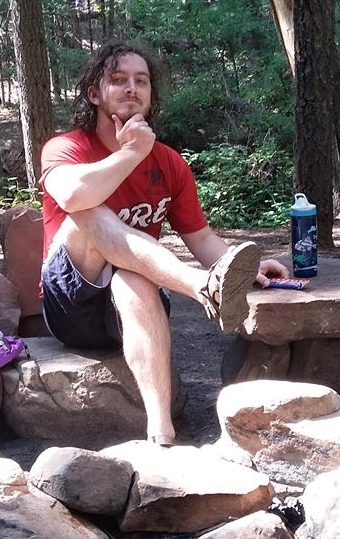
Chris Albin-Brooks
Have you ever considered how you smell? Animals ranging from insects to humans have a similar method of detecting odors. Neurons in the smelling organ have one type of odor receptor which binds to a small range of chemicals. Depending on the organism there can be hundreds or even thousands of different kinds of odor receptors. I am interested in how ants and termites use their sense of smell to regulate their behavior and how they arrived at complex social behaviors. I intend to map out what their odor receptors respond to and compare the structure of them to better understand the evolution of odor perception.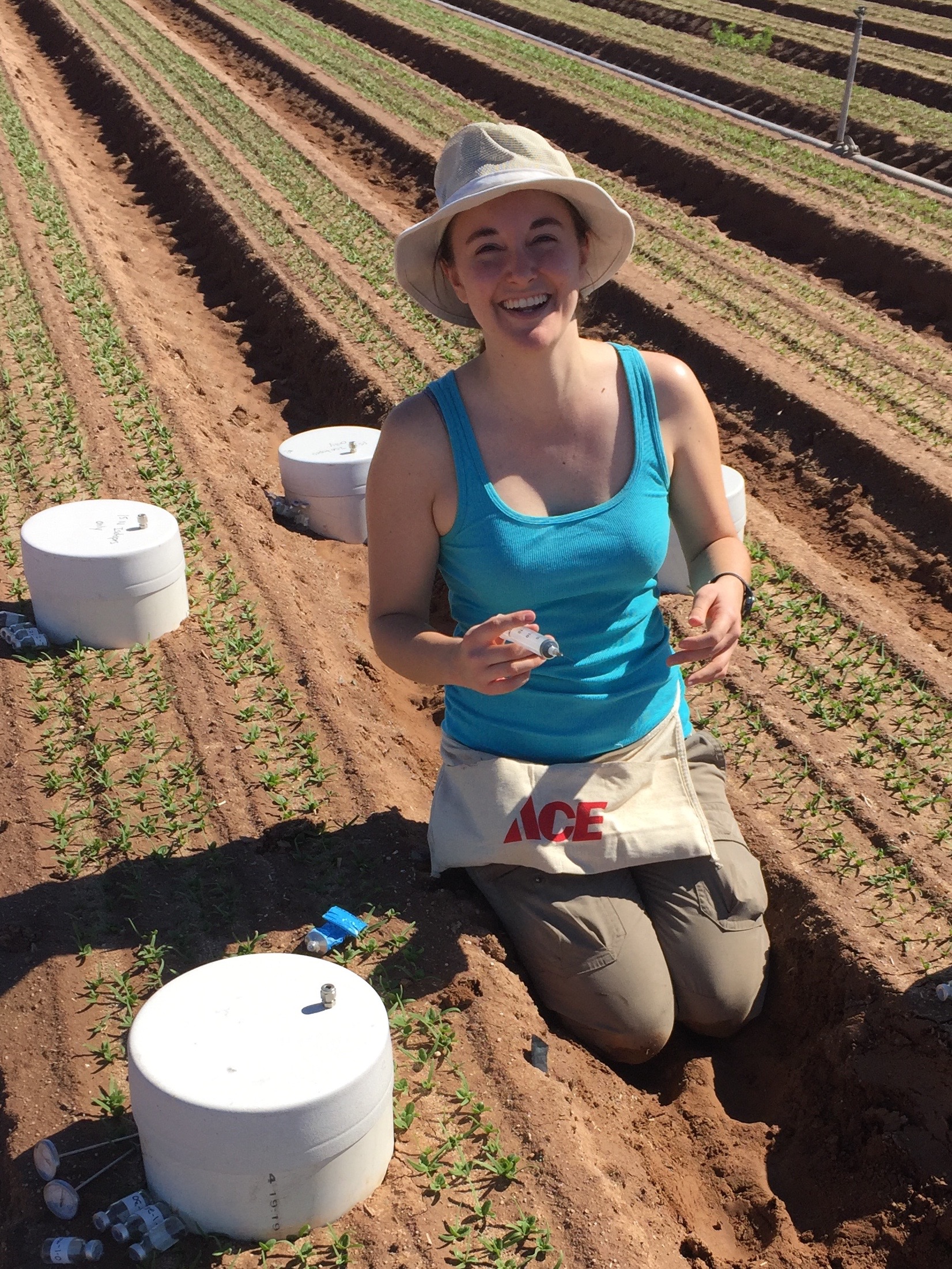
Megan Wheeler
PhD Student
I am a PhD student in my second year at ASU, and my research focuses on the ecology that happens all around us everyday in cities. I’m interested in how people interact with the plant communities in their yards and how the social, cultural, economic, and environmental pressures they experience influence the decisions they make about what to do in their yards and what kinds of plants grow there as a result.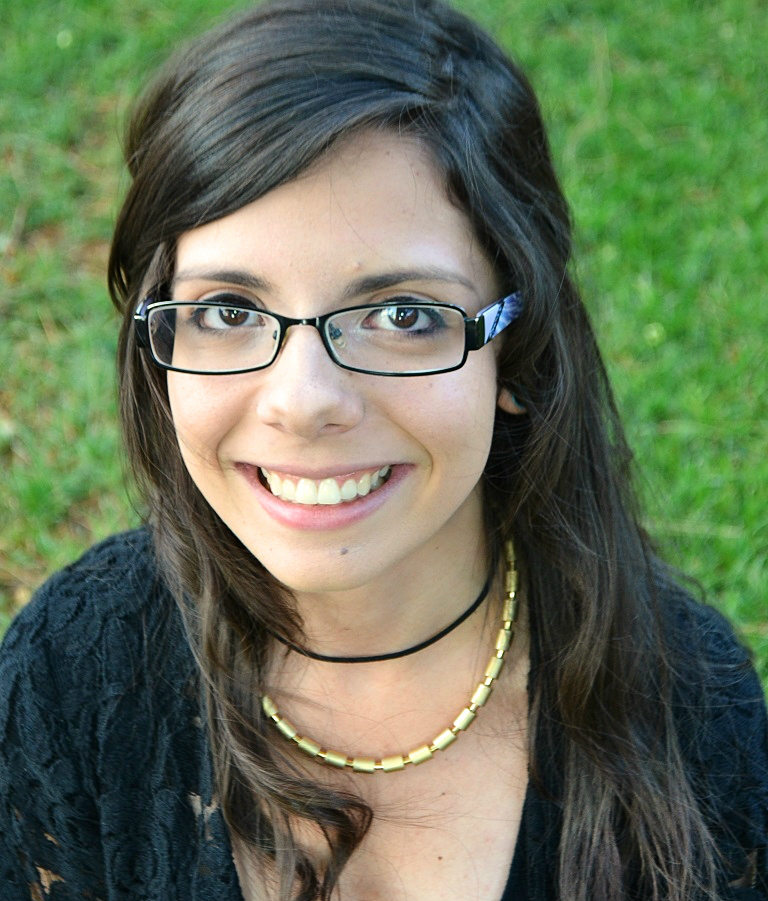
Bianca Cruz
PhD Student
I’m a Master’s student in Biology at the School of Life Sciences. My research interests lie in the role marine microbes in the transport of Carbon from surface waters to ocean depth. I investigate the mechanisms by which pico-cyanobacteria (tiny photosynthetic bacteria) contribute to this transport — which gives us insight about the mechanisms of ocean carbon sequestration prior to the emergence of eukaryotic organisms, and in future, warmer oceans.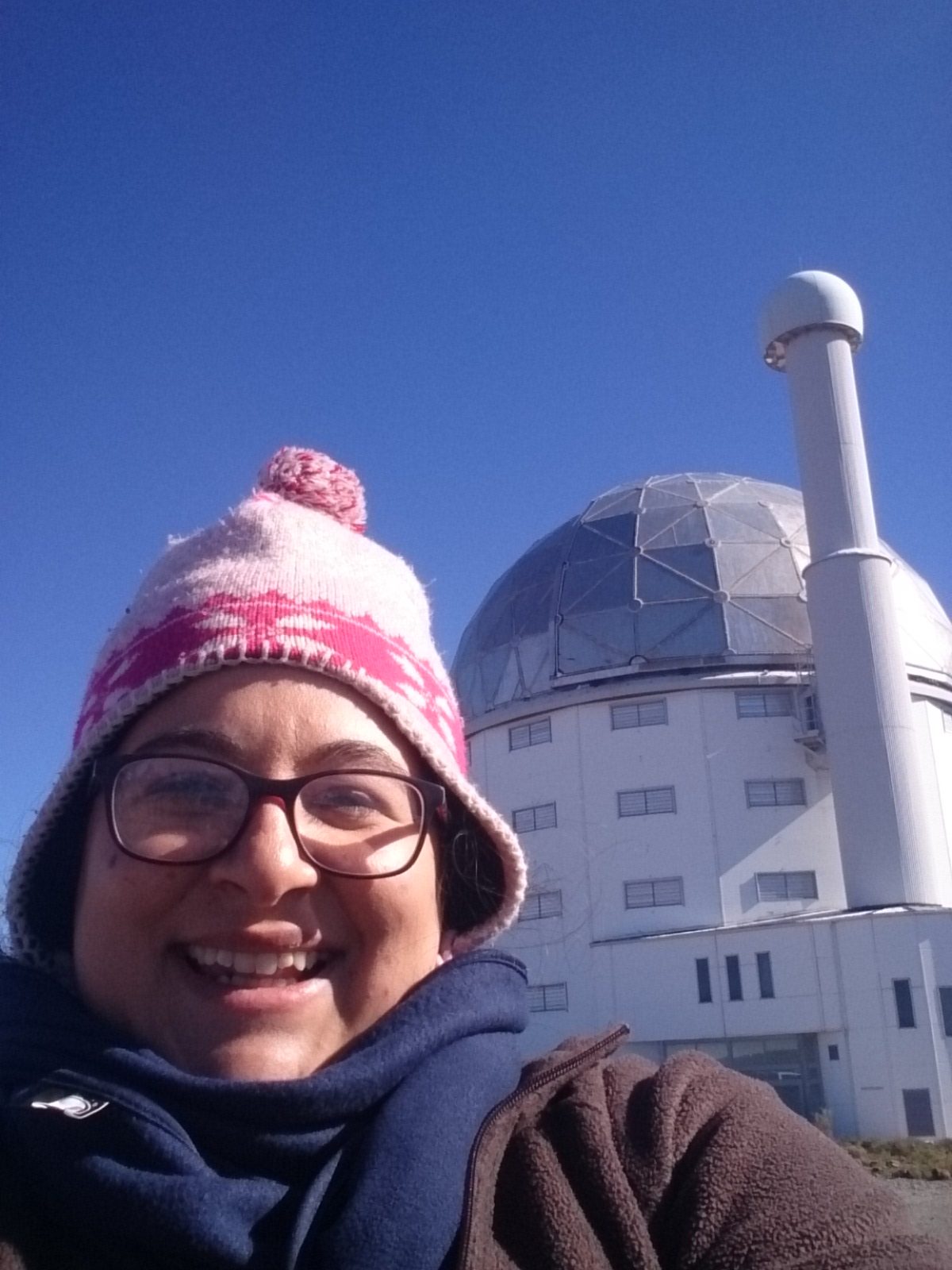
Lucia Perez
PhD Student
I’m getting my PhD in astrophysics. I study high-redshift galaxies (which are very far from us and from the earliest stages of the universe), focusing on the large-scale structure of the universe as a whole and looking for clues about its evolution during its youth. I’m from New York City, and I like to read and paint in my free time.And here’s a picture of me with the South African Large Telescope (SALT).
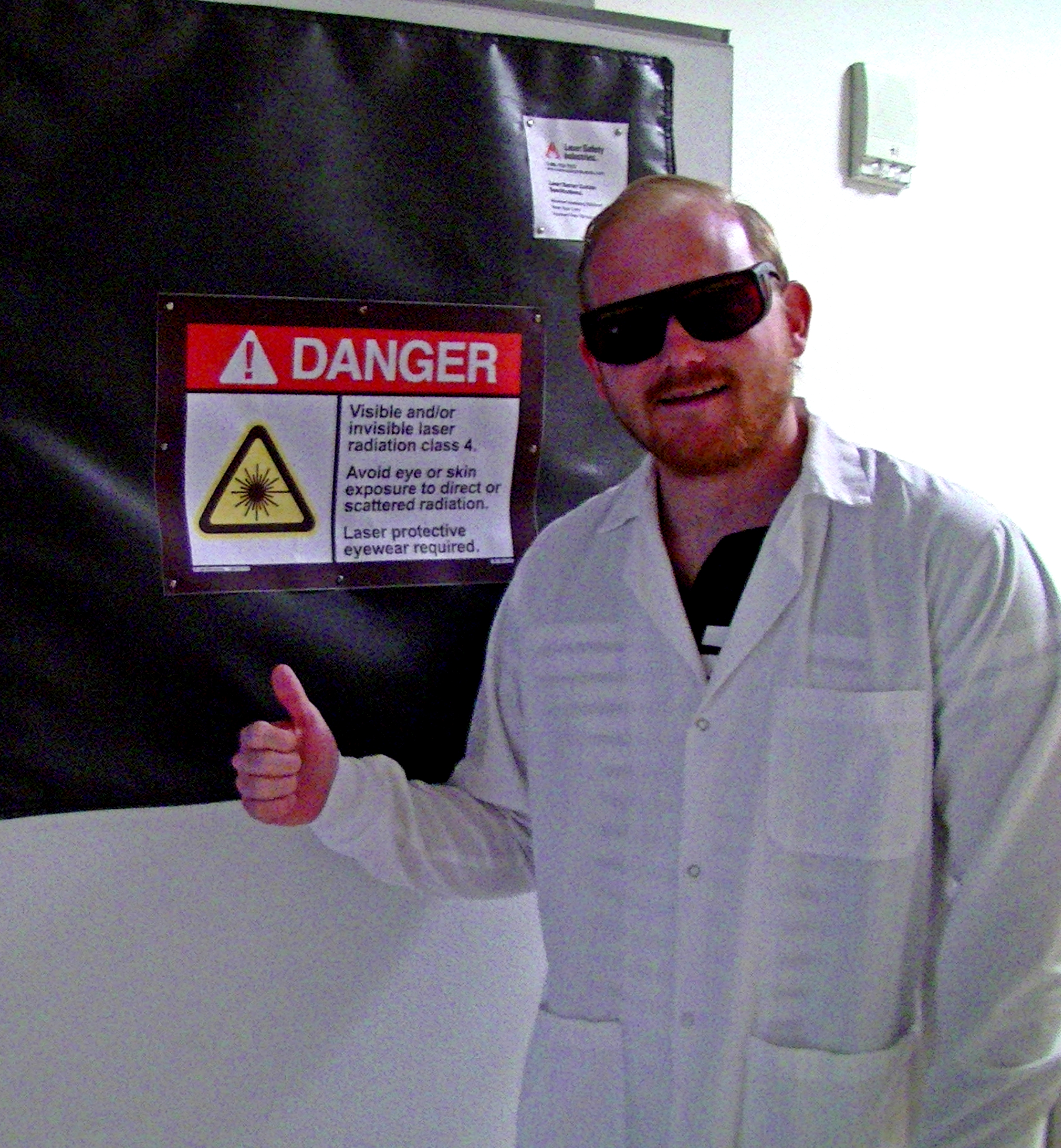
Joel Lusk
My lab uses a type of imaging called photoacoustics to try and detect diseases related to women’s health. Photoacoustics involves shooting a laser into tissue, and listening for a sound to come out. By using the sounds that come out, we can see structures and shapes that tell us whether a tissue is healthy or not. My research specifically focuses on making contrast agents, or chemicals that allow us to see tumors better using photoacoustics. I am especially interested in using nanoparticles (small metal particles) that are targeted to ovarian cancer to detect tumors early, and to try and understand the fundamentals of the disease.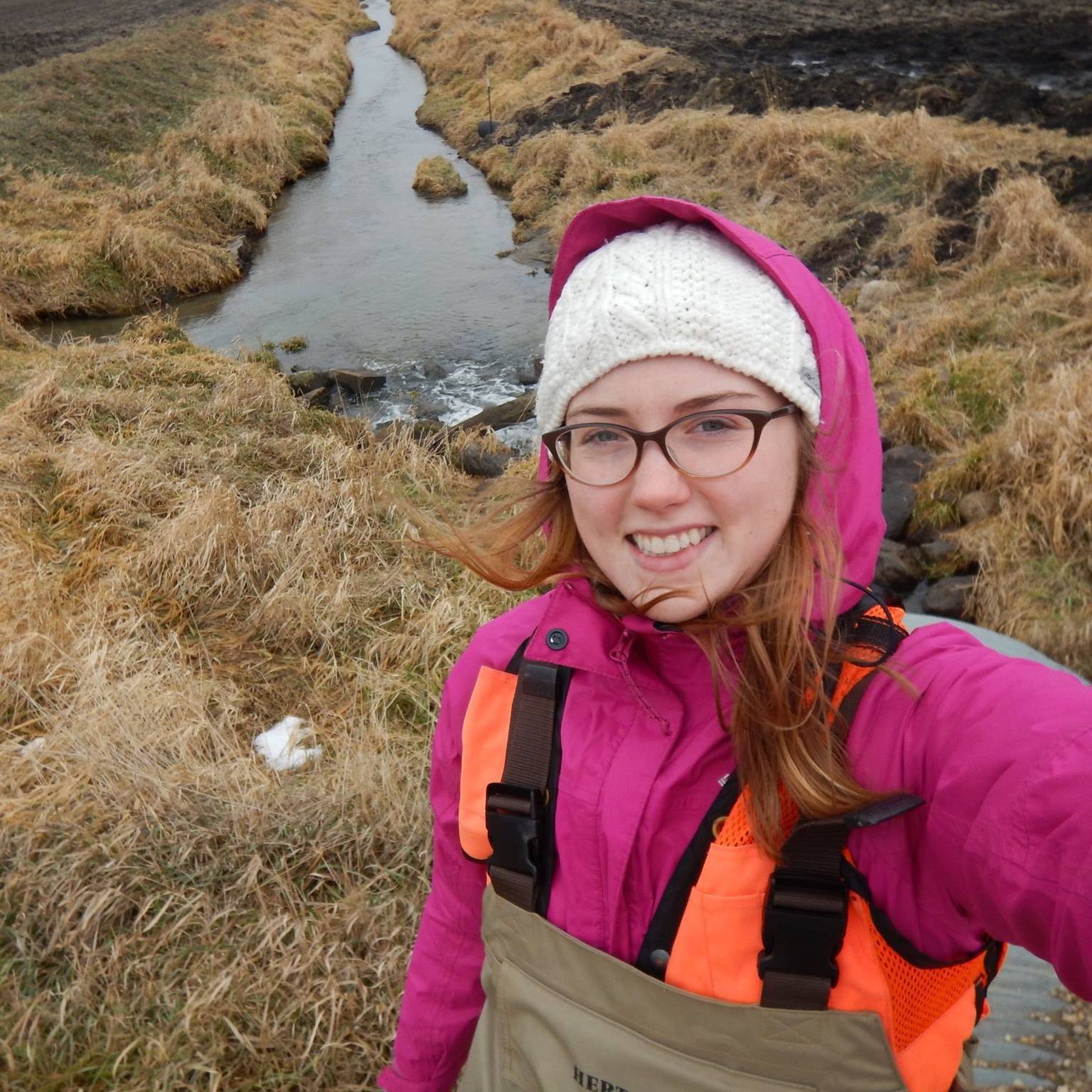
Kathrine Kemmitt
I study how lakes, rivers, and streams receive, process, and transport chemicals like nitrogen and phosphorus. Because water resources are so precious, especially in the West, I’m particularly interested in systems that have direct applications to humans. Canals that bring drinking water into the city, irrigation ditches, and recreation sites all have unique and important characteristics that influence water quality. Understanding how these water bodies cycle chemicals is critical to human well-being.
All Mentors Previously Involved in GPSE
(If you or someone you know was involved in GPSE years ago that is not listed then please pass their name onto the Director.)

- Amanda Suchy
- Richard Simpson
- Jessie Ebie (2)
- Evan Brus (2)
- Ryan LaMarca
- Trish Trubl (2)
- Eric Chapman
- Travis Rusch
- Stephanie Bittner
- Sisi Grace Gao
- Tara Crawford
- Jeremiah Molinaro
- Otto Schwake
- Jesse Senko
- Scott Davies
- Shelley Valle
- Charles Rolsky
- Deryc Painter
- Andrew Jansen
- Travis Rusch (3)
- Nate Smith (2)
- Chris Jernigan (2)
- Ioulia Bespalova (2)
- Bretty Syzmik
- Bethany Cutts (2)
- Kate Ihle
- Kevin McCluney (2)
- Raul Gutierrez (2)
- Hoski Schaafsma
- Hugo Beraldi
- Lisa Lopez
- Karla Moeller (3)
- Christian Wright
- Zach Stahlschmidt (5)
- Adrienne Zillman (2)
- Adam Dolezal
- Michael Hicks (2)
- Nikos Lessios
- Yaiyr Astudillo-Scalia
- Eric D. Johnson
- Gyan Harwood
- Andrew Burchill
- Evan Brus (3)
- Tracie Lorenzo
- Amalia Handler
- Lisa Taylor (2)
- Melissa Meadows (3)
- John Davis
- Kim Pegram
- Adrian Smith (2)
- Jolene Trujillo
- Tate Holbrook
- Angela Picco
- Brendan Mott
- Rebecca Hale
- Adam Siegel
- Clint Penick
- Dani Moore
- Dawn Barnes
- Lori Hurley
- Melinda Weaver
- Abby Finkelstein
- Wes Swenson
- Sarah Geren
- Margo Regier
- Christina Lupoli
- Marena Sampson
